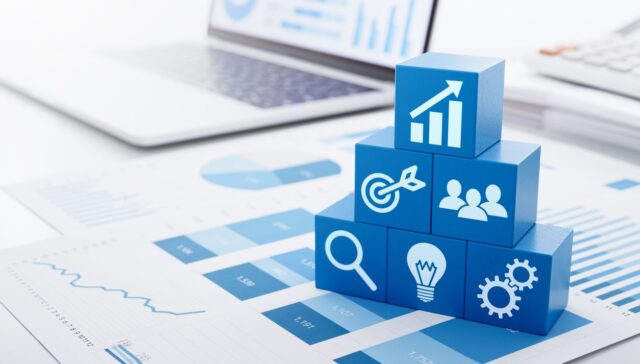
6 Common Microsoft Teams Problems (and How to Fix Them) in 2026
Stop fighting Teams in 2026 and start thriving! Intelliworx is here to resolve your Teams issues, optimise your setup, and keep your team collaborating like pros.
Stop fighting Teams in 2026 and start thriving! Intelliworx is here to resolve your Teams issues, optimise your setup, and keep your team collaborating like pros.
Discover how Australian CISOs can prepare for 2026’s evolving cyber threats. Learn to identify risks, measure security performance, and maximise ROI to lead through breaches with confidence and resilience.

Discover why smarter security is essential for finance and insurance leaders. Learn how to mitigate cyber risks, meet compliance, and drive innovation with Intelliworx
Discover how Australian CISOs can prepare for 2026’s evolving cyber threats. Learn to identify risks, measure security performance, and maximise ROI to lead through breaches with confidence and resilience.

Discover how MSPs are transforming from IT support to strategic partners, driving growth, innovation, and purpose for businesses across industries.
Discover how IT can drive innovation and growth, not just costs. Explore smart strategies to transform IT into a key competitive edge for your business.
Your business deserves IT solutions that work as hard as you do, and at Intelliworx, that’s exactly what we deliver. Inspired by what you’ve seen? Let’s write your success story together. Talk to us today and see how Intelliworx can be the partner that drives your business forward.
Adding {{itemName}} to cart
Added {{itemName}} to cart